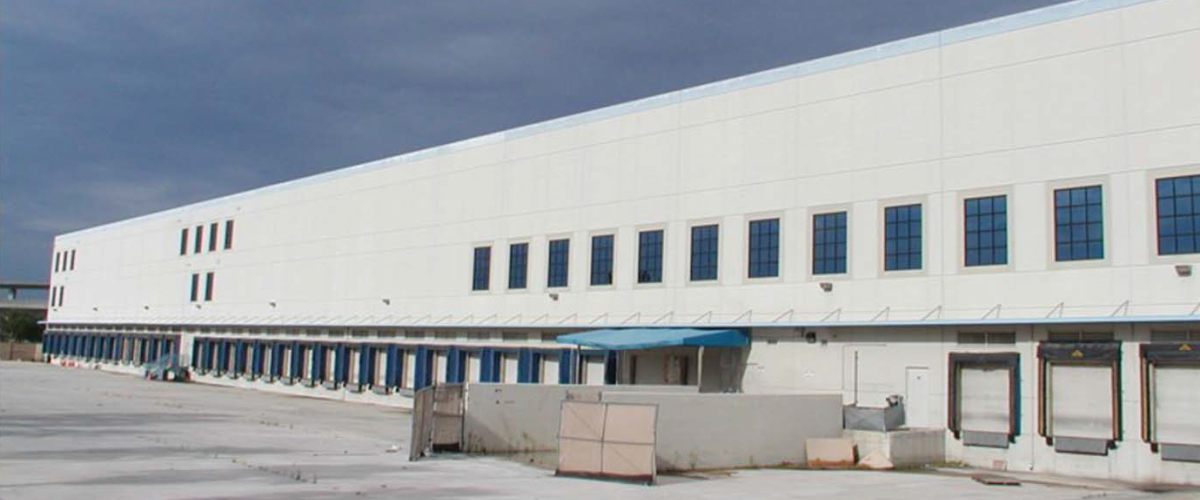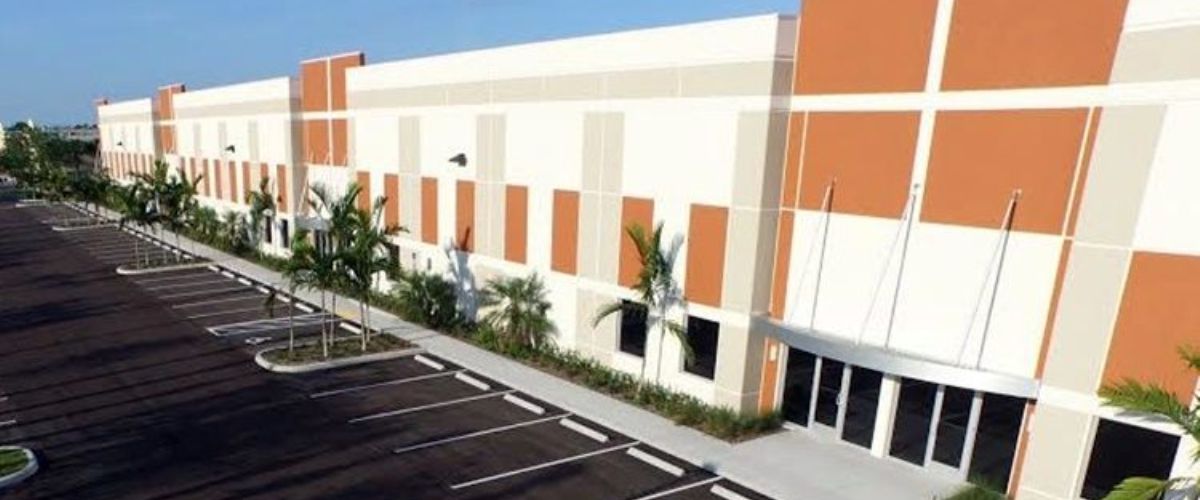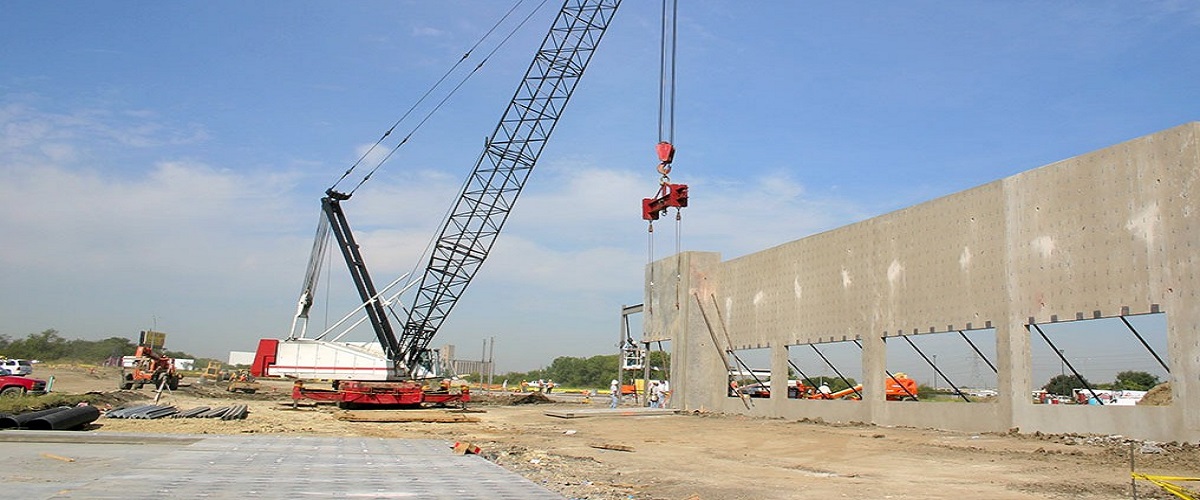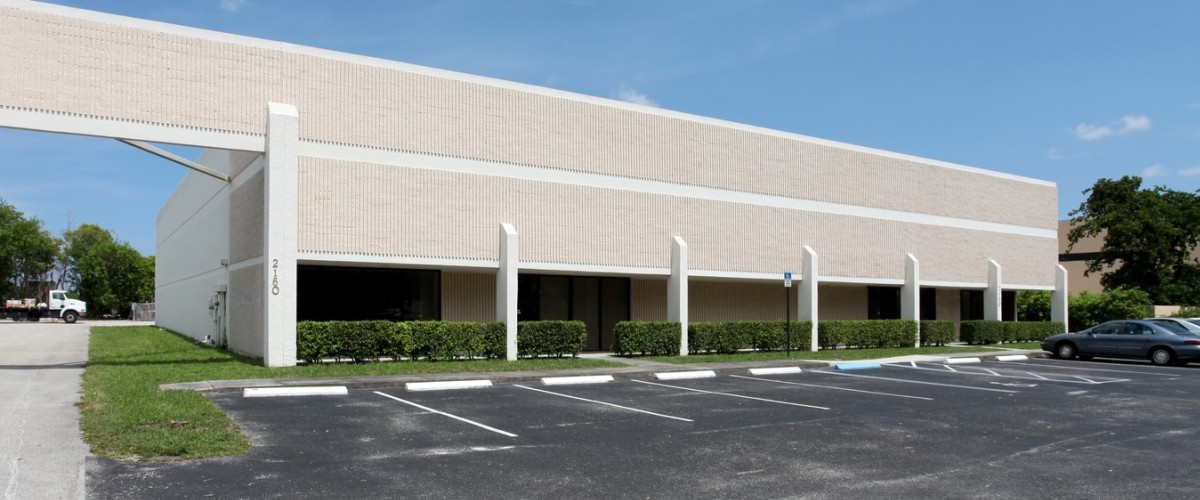Commercial real estate investors are among the beneficiaries of sweeping federal tax policy signed into law by President Trump last year.
The tax law generally makes investing in and owning commercial real estate — the largest alternative investment class — more attractive than ever. As we head into the fourth quarter of 2018, it’s a good time to recap the tax changes with implications for investors in income-producing real estate.
Investors would be wise to review these issues with their tax and investment advisors as part of year-end tax planning and investing strategy for 2019.
Individual Tax Rates
The Tax Cut and Jobs Act of 2017 (“TCJA”) includes tax rate cuts across the board, with corporate rates slashed to 21% beginning this year. The individual rate reductions are not as dramatic, but do provide relief especially with the wider tax brackets.
Click Here for Tax Bracket Comparison
Example 1
Married taxpayers filing jointly with $450,000 in taxable income would have a tax liability of $124,383 in 2017 versus $108,879 in 2018.
Example 2
A Single taxpayer with $150,000 in taxable income would have a tax liability of $34,982 in 2017 versus $30,289 in 2018.
Qualified Business Income Deduction
Arguably the most beneficial and complex provision in the TCJA, and the one that has the largest impact on commercial real estate investors is the Qualified Business Income (“QBI”) deduction under Section 199A of the Internal Revenue Code.
This provision is far-reaching and potentially affects every taxpayer who reports qualifying business income on Schedules C, E or F on their individual tax return, including from passive income sources.
Qualifying business income is generally any trade or business income that is not from a B“specified service” business, which is defined as a business relying on the skills or reputation of the owners or employees. (Architects and engineers are specifically excluded from this definition.) Many of the complexities of this provision fall outside the scope of this article, which focuses on the benefits of the tax policy changes for commercial real estate investors.
The QBI deduction is 20% of qualifying income, but a number of factors determine the actual deduction. The first limitation on the deduction is the greater of: (1) 50% of W-2 wages paid for by the qualified trade or business; or (2) the sum of 25% of W-2 wages paid plus 2.5% of the unadjusted depreciable basis of qualified property held at the end of the year.
Since most commercial real estate investments are held in special purpose entities that do not have employees, the benefit is from the alternative calculation based on depreciable basis. Keep in mind that income on the sale of property that is treated as capital gains is not considered qualifying income for the purpose of this deduction.
Before undertaking the analysis, it is worth noting that these limitations only apply to taxpayers with taxable income in excess of $315,000 for joint filers or $157,500 for single filers. For taxpayers below these thresholds, the deduction is the lesser of 20% of qualifying income or 20% of taxable income. This simplified benefit is phased out at taxable income of $415,000 for joint filers and $207,500 for single filers and subject to the rules discussed below.
It’s also worth noting that rental real estate often generates a tax loss in earlier years of the investment because of depreciation and interest expense. To the extent losses are generated they carry forward and offset qualifying income in subsequent years. This deduction is more likely to benefit those who have investments in more mature commercial properties that have been held for approximately 10 years or have very low amounts of debt.
Example 3
Married taxpayers from Example 1 have a 10% investment in an LLC that owns rental real estate. In 2018, their allocable share of rental real estate income is $50,000 (net of any depreciation taken through a Schedule K-1), $0 of W-2 wages and $500,000 of depreciable property. In this example, their QBI deduction is $10,000, which is the lesser of 20% of qualifying income ($50,000 x 20% = 10,000) or 2.5% of depreciable basis ($500,000 x 2.5% = 12,500) since there are no W-2 wages. If the married taxpayers’ liability was $108,879 before, it is now $105,379 with the QBI deduction.
Example 4
Same as Example 3 except the allocable share of depreciable property is $200,000. In this case, the QBI deduction for the year would be limited to $5,000 ($200,000 x 2.5%) instead of based on qualifying income. The 2018 tax liability is $107,129.
The analysis on the limitation above must be done for each separate qualifying business and then combined to determine the total potential QBI deduction. Dividends from REITs qualify for the 20% deduction to the extent they are not capital gain dividends. Losses from one qualifying business can reduce the overall benefit but excess income cannot increase the benefit.
Example 5
Same as Example 4 except that the couple also fully owns a commercial or multifamily rental property that generates a $40,000 loss with depreciable basis of $1.5MM. In this case, total QBI is $10,000 ($50,000 of rental income from the LLC less the $40,000 loss). Thus, the QBI deduction is limited to $2,000 ($10,000 x 20%). The 2018 tax liability is $108,179.
Example 6
Same as Example 4 except that the couple also fully owns a commercial or multifamily rental property that generates income of $40,000 with depreciable basis of $1.5MM. The QBI deduction from this rental property is $8,000, which is the lesser of qualifying income ($40,000 x 20% = $8,000) or 2.5% of depreciable basis ($1.5MM x 2.5% = $37,500). Combining this deduction with the $5,000 deduction from the LLC results in an overall QBI deduction of $13,000. The excess limitation on the depreciable basis of the wholly owned commercial property would not increase the limitation on the LLC QBI deduction unless it qualified to aggregate the activities. This decreases the 2018 tax liability to $104,329.
After combining qualifying business activities, the result is then subject to a final limitation. The deduction is the lesser of the combined QBI deduction and 20% of taxable income before this deduction, same as for taxpayers with taxable income below the limits discussed above.
Example 7
The married taxpayers from Example 1 have a combined potential QBI deduction of $100,000 and taxable income before the QBI deduction of $450,000. This results in a QBI deduction of $90,000, which is the lesser of $100,000 based on qualifying income and 20% of taxable income (the maximum QBI deduction). The ultimate taxable income would be $360,000 ($450,000 less $90,000 QBI deduction). This reduces the 2018 tax liability to $78,579 compared to $108,879 from Example 1.
Depreciation Deductions
The most significant changes to depreciation that impact commercial real estate revolve around bonus depreciation. Except for a brief hiatus from 2005-2007, bonus depreciation has been in place since 2001 in order to encourage investment in capital assets including real estate.
The concept of bonus depreciation allows for a percentage of the cost of a capital asset to be deducted in the year it is placed in service, with the remaining basis deducted over its standard depreciable life. This percentage has ranged from 30% to 100% over that time and had an original use requirement. The TCJA brought back a 100% bonus depreciation deduction through 2022, meaning the cost may be fully expensed in the year placed in service for qualifying property.
Another investor friendly change was the removal of the original use requirement for assets acquired and placed in service after September 27, 2017. As a result, both new acquisitions and new construction of commercial real estate can perform a cost segregation study and take advantage of accelerated depreciation on the personal property assets inherent in the building. (In the process of cost segregation, certain costs are broken out as personal property assets, which have shorter depreciable lives and, thus, accelerates the depreciation deduction.)
Another change that would positively impact commercial real estate is an expanded definition of qualified improvement property that is depreciable over 15 years, making it eligible for bonus depreciation. In the haste of writing the bill, tax-writers inadvertently did not update code Section 168 to reflect their intention. Most prognosticators expect this to be addressed before year-end, with Congress passing a technical correction.
Like-Kind Exchanges
For years there has been speculation that Congress intended to significantly restrict the ability of real estate investors to defer taxes on the sale of assets using like-kind exchanges under Section 1031 of the tax code. Fortunately, the new tax law largely leaves like-kind exchanges of real estate unaffected.
Exchanges of real property for real property are still allowed, with no requirement that assets be exchanged for the same asset type (i.e., an apartment complex can be exchanged for an office property).
The major change in the rules eliminates the ability of personal property to qualify for gain deferral. This may have an impact on commercial real estate investments that have utilized a cost segregation study to accelerate depreciation on a portion of a building. In these situations, the proceeds allocated to these assets will be considered boot that cannot be used to defer the gain, resulting in taxable income even if all of the proceeds are reinvested in a replacement property. (The ability for 100% bonus depreciation until 2022 reduces the tax impact if a cost segregation study is completed on the replacement property.)
Interest Expense Limitation
The TCJA introduces a new limitation that restricts the ability to deduct interest expense in certain situations, but commercial real estate is not impacted in most scenarios.
The deduction for interest expense is limited to 30% of taxable income before interest, depreciation and amortization deductions. This limitation only affects large taxpayers that have average gross receipts in excess of $25MM over the prior three years. This is a significant amount of rent when the industry norm is to use a special purpose entity to hold each commercial and multifamily rental property.
For these larger real estate taxpayers, there is an ability to opt out of this limitation. To do so, a taxpayer must use the alternative depreciation system for its assets, which generally will result in reduced depreciation expense. In most situations this should result in lower taxable income compared to being subject to the limitation. The rules for how this limitation may impact an individual investor in an LLC or other pass-through entity are complex.
Tax-Exempt Filers
Tax-exempt filers that have investments in commercial or multifamily rental real estate may be subject to income taxes if certain requirements are not met. The overall rules relative to when rental property income is subject to unrelated business income tax (“UBIT”) do not change under the new tax law, but there is a change in the reporting of these investments that may have a negative impact on investors.
Previously, tax-exempt investors aggregated their allocable shares of the revenues and expenses subject to UBIT from all activities to determine their tax liability. For tax years starting with 2018, losses from any activity are only allowed to offset income or gains from the same activity. This inability to net current year losses with income from other activities will likely accelerate tax liabilities for tax-exempt investors that have multiple investments generating unrelated business income, and may impact the decision to use an IRA to make additional investments in commercial or multifamily real estate.
Source: GlobeSt.














